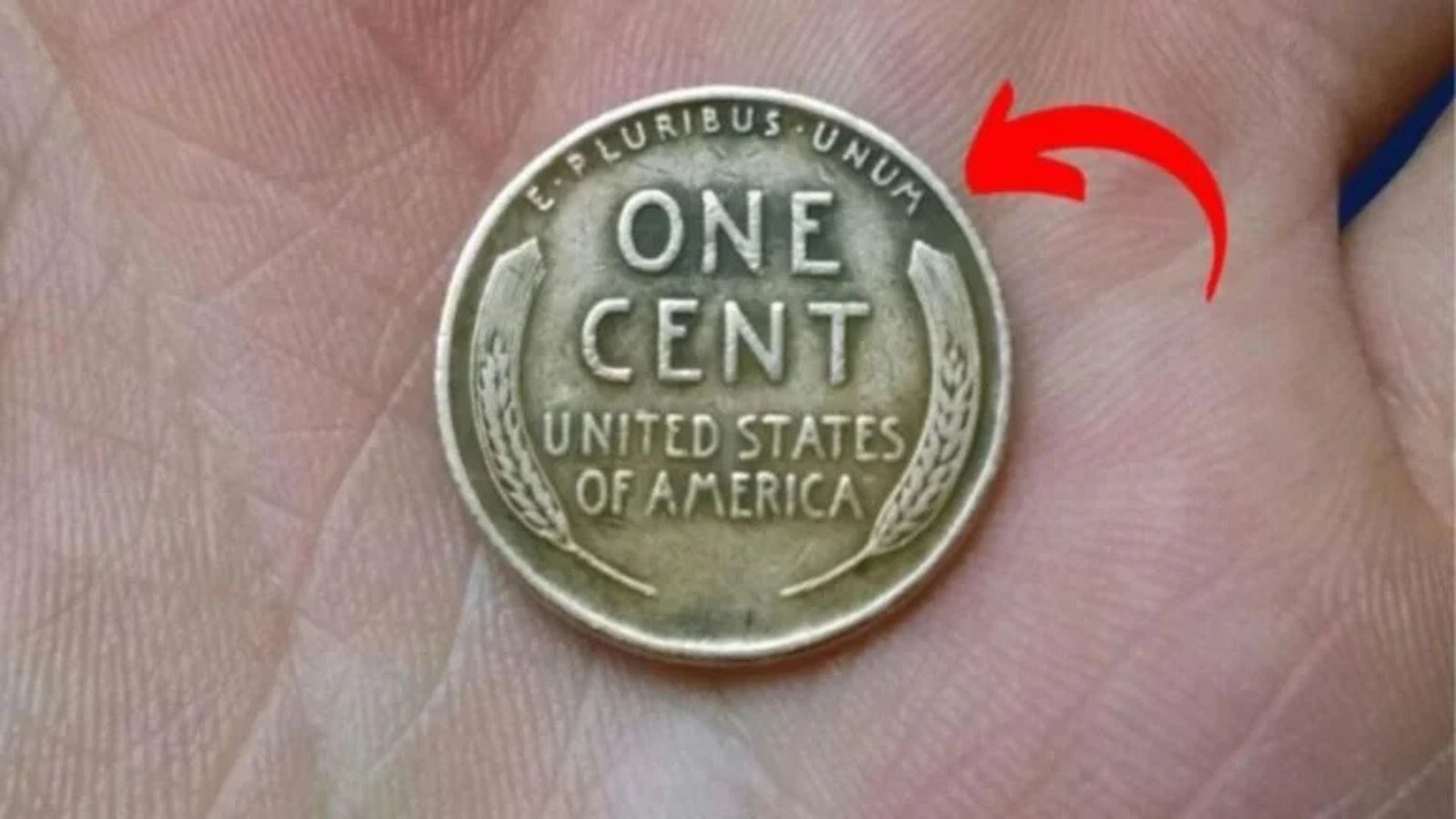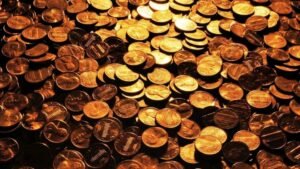Uncover the hidden stories behind the Lincoln Wheat Penny—a pocket-sized piece of history worth far more than one cent. From rare errors to million-dollar auctions, this guide reveals everything you need to know.
What Is the Lincoln Wheat Penny?
The Lincoln Wheat Penny is a one-cent coin minted from 1909 to 1958. It features President Abraham Lincoln on the front and two wheat stalks on the back—hence the name “wheat penny.”
Quick Facts Table
| Feature | Details |
|---|---|
| Years Minted | 1909–1958 |
| Designer (Obverse) | Victor David Brenner |
| Designer (Reverse) | Initially Brenner, later modified |
| Composition | 95% copper, 5% tin/zinc (1909–1942, 1947–1958); steel in 1943; bronze in 1944–1946 |
| Diameter | 19 mm |
| Weight | 3.11 grams (copper); 2.7 grams (steel) |
The Birth of an American Icon
In 1909, the U.S. Mint celebrated Lincoln’s 100th birthday by placing his portrait on the penny—the first time a real person appeared on a regular U.S. coin. Before this, coins showed symbolic figures like Lady Liberty.
Why Wheat Ears?
The reverse design with wheat stalks symbolized prosperity and America’s agricultural strength. Simple, yet powerful.
Key Dates and Rare Varieties
Some Lincoln Wheat Pennies are worth thousands. Here are the most valuable:
Top 5 Most Valuable Lincoln Wheat Pennies
| Year & Mint | Key Feature | Recent Sale Price |
|---|---|---|
| 1909-S VDB | Designer’s initials (VDB) on reverse | $100,000+ |
| 1914-D | Low mintage (1.2 million) | $5,000–$150,000 |
| 1922 No D | Missing mint mark (error) | $20,000–$500,000 |
| 1943 Bronze | Struck in copper by mistake | $1.7 million |
| 1955 Double Die | Doubled lettering (error) | $1,000–$50,000 |
Pro Tip: Always check the mint mark (D for Denver, S for San Francisco, none for Philadelphia) under the date.
How to Spot a Valuable Lincoln Wheat Penny
- Check the Year – Focus on 1909–1933 for highest value.
- Look for Errors – Double dies, wrong metal, missing marks.
- Grade the Condition – Use “Good,” “Fine,” “Uncirculated” scale.
- Use a Magnifier – Tiny details make big differences.
Common vs. Rare: A Side-by-Side
| Common Penny | Rare Penny |
|---|---|
| 1940s–1950s copper | 1943 bronze |
| Worn edges | Sharp details |
| Worth 3–10¢ | Worth $1,000+ |
The 1943 Steel Penny: War-Time Switch
During World War II, copper was needed for ammunition. So in 1943, pennies were made of zinc-coated steel. These gray “steelies” are common—but a few were accidentally struck in bronze. Those are the holy grails.
Collecting Tips for Beginners
- Start with Rolls – Buy unsearched bank rolls from estates.
- Store Properly – Use cardboard 2×2 holders, not PVC plastic.
- Join a Club – Local coin clubs share knowledge and deals.
- Authenticate Big Finds – Use PCGS or NGC for grading.
Why the Lincoln Wheat Penny Still Matters
It’s more than spare change. Each coin carries:
- A president’s legacy
- A snapshot of America’s economy
- A potential hidden treasure
Fun Facts You Didn’t Know
- Over 45 billion wheat pennies were made.
- The 1909-S VDB had only 484,000 minted—then pulled due to controversy over the designer’s initials.
- Some 1944 steel pennies exist—struck on leftover war blanks.
Where to Sell or Buy
| Platform | Best For |
|---|---|
| eBay | Quick sales, wide reach |
| Heritage Auctions | High-value certified coins |
| Local Coin Shops | Instant cash, expert advice |
Final Thoughts: Start Your Hunt Today
Dig through your change jar. Check grandma’s old purse. The next million-dollar Lincoln Wheat Penny might be in your hands.
Ready to become a penny millionaire? Grab a magnifying glass and start searching. Every roll could change your life.




